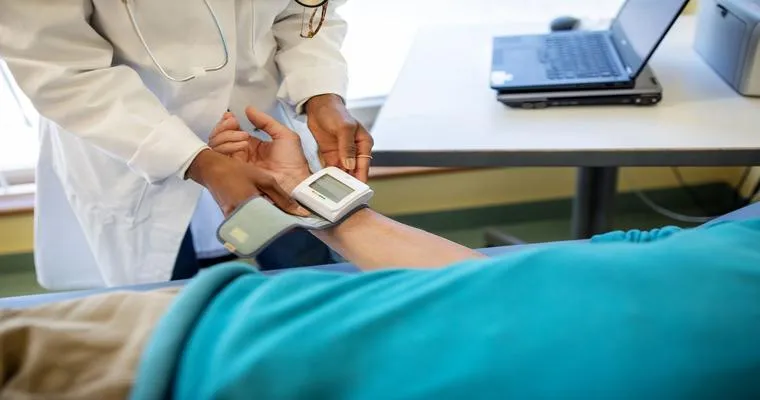When it comes to monitoring health, many individuals rely on "electronic blood pressure machines" for accurate readings. However, a common concern arises: will these devices provide a "false reading" if the patient is lying down in bed? Understanding the factors that influence blood pressure measurements is crucial for anyone using these devices, as incorrect readings can lead to misdiagnosis or improper treatment.
Generally, electronic blood pressure machines are designed to provide accurate readings when used correctly. However, the "position" of the patient during measurement can significantly affect the results. When a person is lying down, blood pressure readings may differ from those taken while sitting or standing. This discrepancy occurs due to the gravitational effects on blood flow and pressure.
In a lying position, the heart and the measuring device may be at the same level, which can lead to a "lower reading" compared to when the individual is seated. This is because the blood does not have to work against gravity as much, resulting in what some might consider a "false reading". For the most accurate results, it is recommended that patients measure their blood pressure while sitting with their back straight, feet flat on the floor, and arm supported at heart level.
Moreover, it is essential to consider other factors that can influence readings, such as "cuff placement" and the patient's overall condition. An improperly fitted cuff, whether too loose or too tight, can lead to inaccurate readings. Additionally, factors like "stress", "exercise", and even "time of day" can impact blood pressure levels, regardless of the measurement position.
For individuals who are bedridden or prefer to take their readings while lying down, it is advisable to ensure that their arm is elevated to the same level as the heart to minimize discrepancies. In such cases, it might be beneficial to take multiple readings and average them for a more reliable result.
In conclusion, while an "electronic blood pressure machine" can indeed provide a "false reading" if the patient is lying down, understanding how to use these devices properly can help mitigate inaccuracies. For the most reliable blood pressure monitoring, it is best to adhere to recommended guidelines and consult with a healthcare professional regarding the best practices for measuring blood pressure in different positions.





